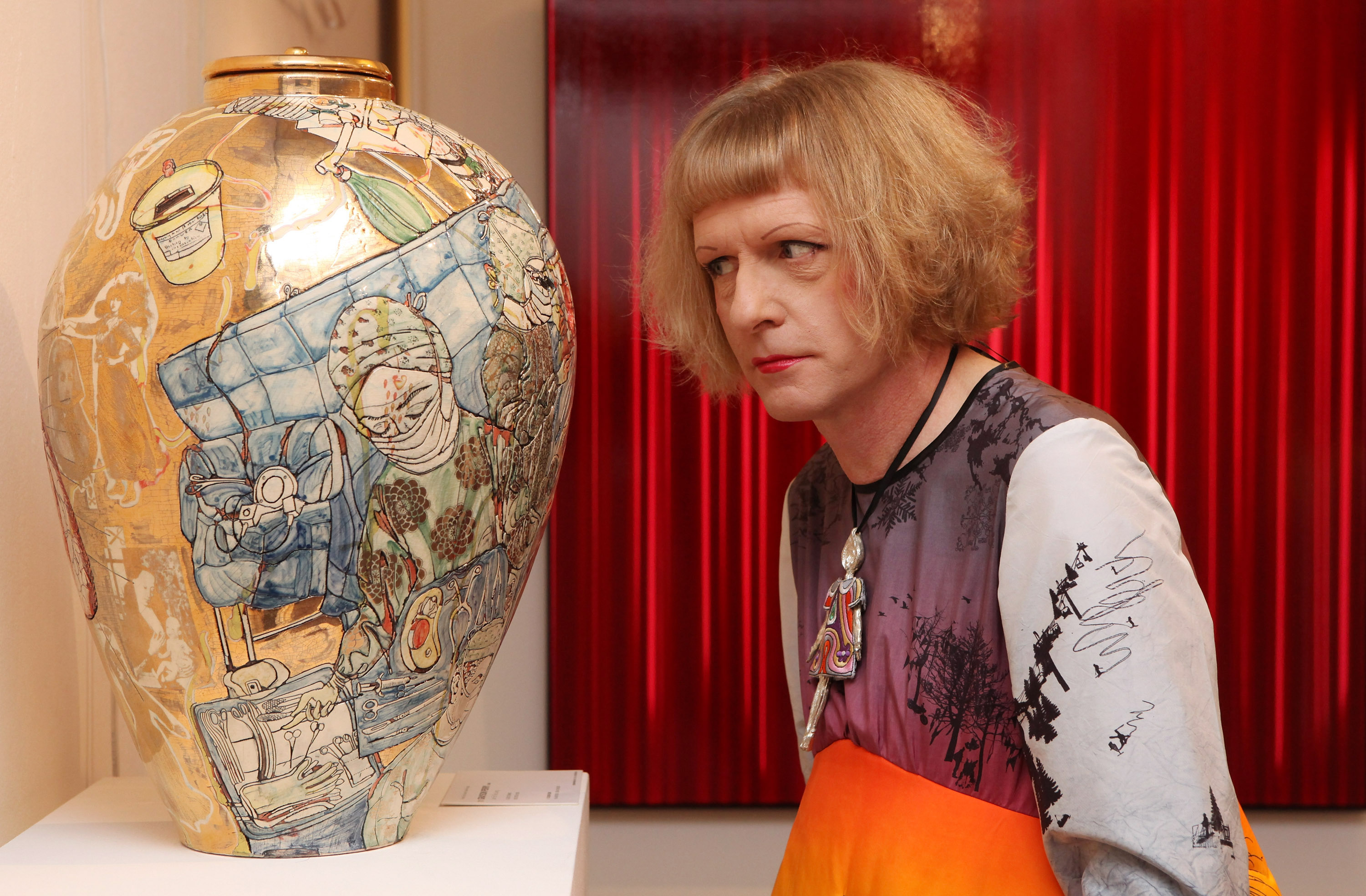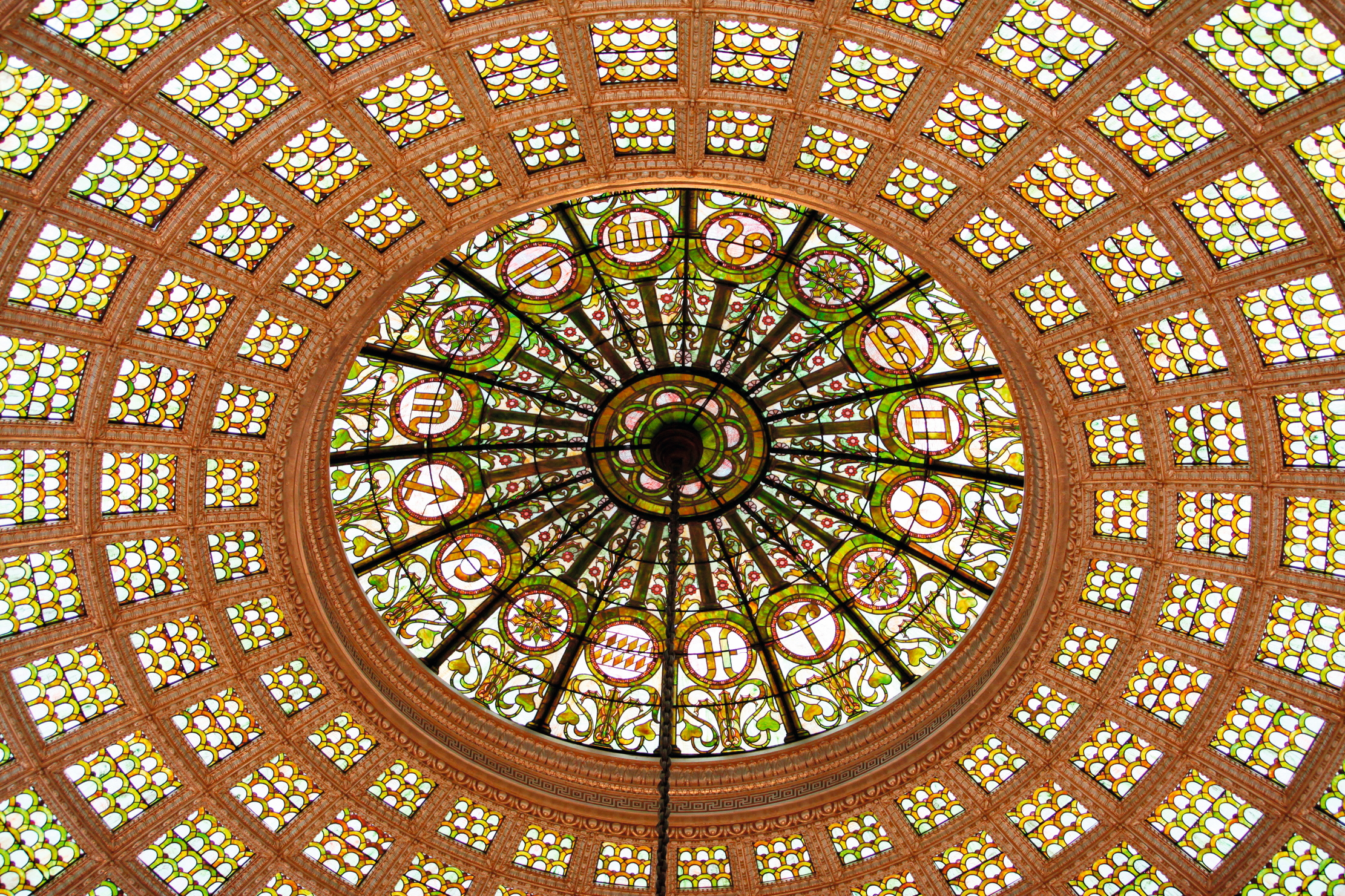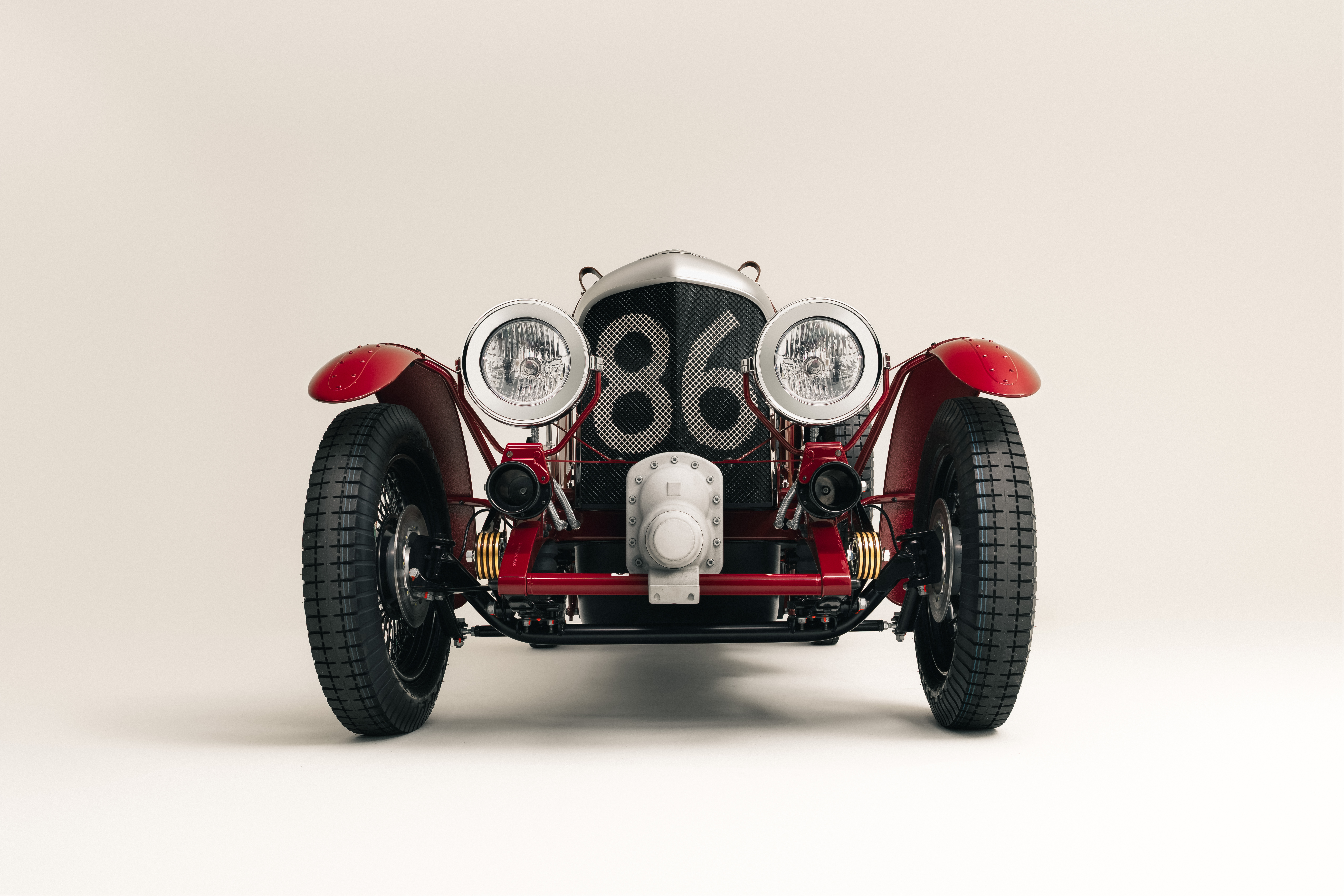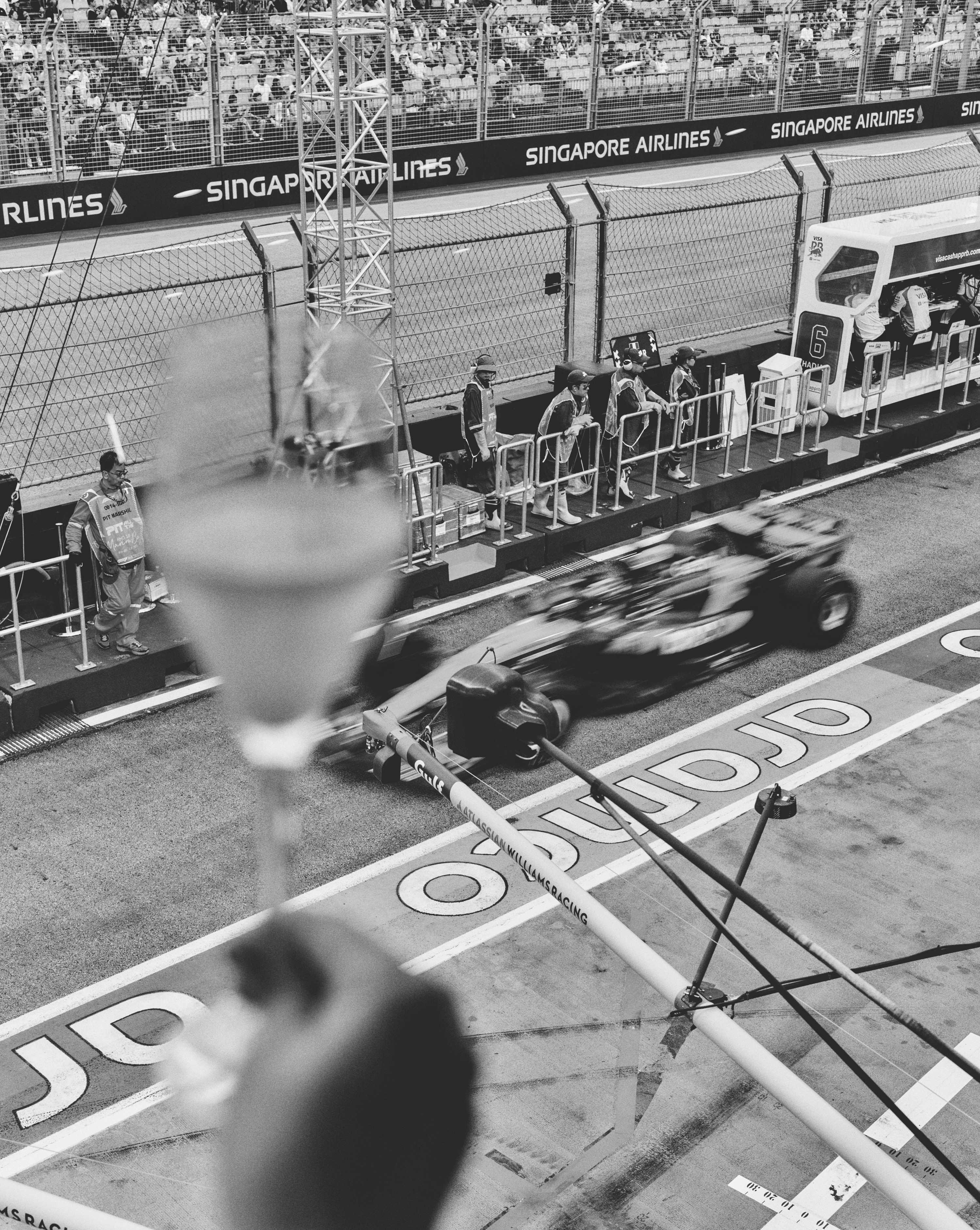A feat of clay: How ceramics have taken on the fine art world
'Not a Pot’, a sculptural pottery exhibition open at York Art Gallery, throws light onto the art form's evolution.

The Americans are fanatical collectors of glass, but the British have always been devoted to ceramics. Their passion hasn’t waned, although it has developed in new directions. Traditionally, collectors sought rare pieces of porcelain, such as bowls, tea cups and, before that, figurines. With the development in the 1920s of the studio-pottery movement in the UK, led by Bernard Leach, brown pots became de rigueur. The emphasis was on wheel-thrown stoneware, functional forms and Japanese aesthetics rooted in Mingei (folk craft) values. By the 1960s, the second wave of potters, such as Richard Batterham working in stoneware and Clive Bowen in slip-decorated earthenware, held sway. The more adventurous sought out functional ware that was increasingly sculptural and modernist in form, by potters such as Lucie Rie and Hans Coper (some of the latter’s work is now on display at ‘Not a Pot’, a sculptural pottery exhibition open at York Art Gallery in North Yorkshire).
A post shared by York Art Gallery (@yorkartgallery)
A photo posted by on
By the early 1970s, a revolution started by young women ceramicists led to one-off sculptural vessels that were asymmetric and unpot-like, adorned with sweeping, coloured brushstrokes from makers including Alison Britton, Jacqueline Poncelet and Carol McNicoll. Function was alluded, but not adhered to; ceramics began to be associated with fine art, rather than cast merely as craft. Today, the artistic nature of the medium is not in question, with personal expression, material experimentation and political and social commentary taking centre stage. ‘You’ve only got to visit a fair such as Ceramic Art London to see the breadth of what you can achieve in clay. It’s a growing market that collectors are really getting excited about,’ says Karen Bray, editor of Ceramic Review. The ‘lovely mix between functional and decorative and art’ — as ceramicist Kate Malone, original judge on The Great Pottery Throw Down and founder of pottery charity FiredUp4, calls it — means that ceramics is no longer a clearly defined discipline.
‘It’s much more blurred around the edges, and the way that people come to it is much more diverse,’ notes Alun Graves, senior curator for Ceramics and Glass 1900 to now at the V&A Museum and author of Studio Ceramics. ‘It’s much more about fine artists, much more about sculpture. It’s much more about content than it was. You can definitely see those trends around social observation.’ Artists such as Sir Grayson Perry examine gender, class and identity in pot form.
A post shared by Artlyst (@artlyst)
A photo posted by on
Humour and irony in clay have become staples, as in the work of Connor Coulston, who uses self-deprecation and his fascination with kitsch ceramic ornaments to reveal more critical and sinister undertones to an audience drawn in by his wit. His Don’t you think I’m a bit young to be a part of the BNP? is based on a bunny ornament from a charity shop, reminiscent of Peter Rabbit, sporting the artist’s face, and hesitantly holding a St George’s flag with the slogan Bunnies National Party and reflects on his childhood in Oldham growing up with family members affiliated to the BNP.
A post shared by Connor Coulston (@connor.coulston)
A photo posted by on
A common approach is to create huge vessels on which are painted events from the artists’ own lives or issues. Narrative is not always obvious, as in Julian Stair’s massive cinerary jars that derive from his personal circumstances or the work of Ebony Russell, whose exploration of feminism also incorporates another theme: a re-examination of historical forms and tradition — in her case, Wedgwood. This interest in past historical ideas, particularly Wedgwood’s, is widespread: Amy Jayne Hughes creates wonky Wedgwood-style forms and Jo Taylor makes large, contemporary, Rococo vessels. On a smaller scale, Michael Eden investigates Wedgwood using 3D-printed ceramics. Russell, in particular, has developed a way of ‘icing’ clay, using piping bags, to make structural forms, such as huge, colourful lopsided Wedgwood urns. ‘I think [her work] is bought by interior designers because it’s so flamboyant and bonkers,’ says Helen Ritchie, senior curator for Modern & Contemporary Applied Arts at the Fitzwilliam Museum. ‘Actually, the ideas behind it are very personal and very radical feminist, but it isn’t the first thing you think about when you see it.’
These days, these kinds of pieces are frequently bought for clients by interior designers because of their aesthetic qualities and how they work with other objects, although Ritchie has also seen another market develop: ‘I think in high-end collecting, things have evolved from the 1990s onwards, probably towards the very exquisite, refined pot, and away from the more experimental; no longer Alison Britton, but Magdalene Odundo and Jeff (Jennifer) Lee — that kind of slightly exquisite pot.’ Among current favourites are Akiko Hirai’s large moon jars.
A post shared by Taste Contemporary (@tastecontemporary)
A photo posted by on
That said, the new collectable ceramics are no longer only pots or sculptural pieces. The figurative has declined in appeal, but installations, even on a small scale, have become popular. They range from the frightening, bleak tales of Lindsey Mendick to the delicate wall installations of ceramic flowers by Kaori Tatebayashi. There has also been a trend for multiples: iterations of similar small vessels, placed in installations such as those produced by Edmund De Waal. In part because of his celebrity as an author, he has established new market prices and has become an art-world favourite.
Ceramics now appeals to collectors with different budgets and age profiles. ‘A younger audience is picking up on it because it is affordable,’ says Bray. ‘I think as well, more and more people are trying clay for themselves and appreciating [its] haptic qualities. It takes you away from your day-to-day stress.’
Exquisite houses, the beauty of Nature, and how to get the most from your life, straight to your inbox.
At last, says a thrilled Malone, ‘it seems as if ceramics is up with the big boys and that’s a great feeling. It’s really that recognition of [it] being an art — an absolute art’.
‘Not a Pot’ is at York Art Gallery, North Yorkshire, until spring 2027
This feature originally appeared in the August 27, 2025, issue of Country Life. Click here for more information on how to subscribe
-
 What is everyone talking about this week: Thanks to modern-day technology, people were far happier in the days when Nero was setting Rome ablaze
What is everyone talking about this week: Thanks to modern-day technology, people were far happier in the days when Nero was setting Rome ablazeWas the ancient world's superior happiness down to its ‘superior production of art’?
-
 A slick looking off-roader that's a far cry from its rustic rural roots — Volvo EX30 Cross Country
A slick looking off-roader that's a far cry from its rustic rural roots — Volvo EX30 Cross CountryThe latest iteration of Volvo's Cross Country is flashy, fast and stylish. But is that what a Volvo Cross Country is supposed to be?
-
 A slick looking off-roader that's a far cry from its rustic rural roots — Volvo EX30 Cross Country
A slick looking off-roader that's a far cry from its rustic rural roots — Volvo EX30 Cross CountryThe latest iteration of Volvo's Cross Country is flashy, fast and stylish. But is that what a Volvo Cross Country is supposed to be?
-
 'Gems of enflamed transparencies, of bottomless blues, of congealed opals': Why glass was perfect for the elemental experimentalism of Art Nouveau
'Gems of enflamed transparencies, of bottomless blues, of congealed opals': Why glass was perfect for the elemental experimentalism of Art NouveauArt Nouveau masters such as Louis Comfort Tiffany and Émile Gallé turned the most fragile of materials into iridescent masterpieces that shimmered like seashells or glittered like Byzantine mosaics.
-
 Why you absolutely need an electric Bentley Blower furnished with Russian reindeer leather
Why you absolutely need an electric Bentley Blower furnished with Russian reindeer leatherA collaboration between Hedley Studios and The King's shoemaker George Cleverley has produced something rather remarkable. Jeremy Taylor goes for a drive.
-
 Kilt status: A history of the iconic Scottish skirt, from wartime wrap to punk protest
Kilt status: A history of the iconic Scottish skirt, from wartime wrap to punk protestEverything you need to know about the kilt — apart from what to wear underneath one.
-
 The Glovebox: Return of the Bentley Supersports, the ultimate rural Range Rover and the car collection fit for The King
The Glovebox: Return of the Bentley Supersports, the ultimate rural Range Rover and the car collection fit for The KingA century after it was the first Bentley to top 100mph, the Supersports is back and looking better than ever.
-
 'The night smells like engine oil… and money': Singapore’s glittering night race paved the way for a new era of city-centre Grands Prix
'The night smells like engine oil… and money': Singapore’s glittering night race paved the way for a new era of city-centre Grands PrixIt's the Las Vegas Grand Prix this weekend, but it and other city-centre Grand Prix would be nothing without trailblazing Singapore. Natasha Bird explains how the city state got it so right.
-
 McLaren's three Ellas and the future of motorsport
McLaren's three Ellas and the future of motorsportMcLaren is rewiring the pipeline for women, on track and across the motorsport landscape
-
 The real deal: Can you tell the difference between mined and synthetic diamonds?
The real deal: Can you tell the difference between mined and synthetic diamonds?And would you buy a watch studded with laboratory-made ones?